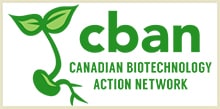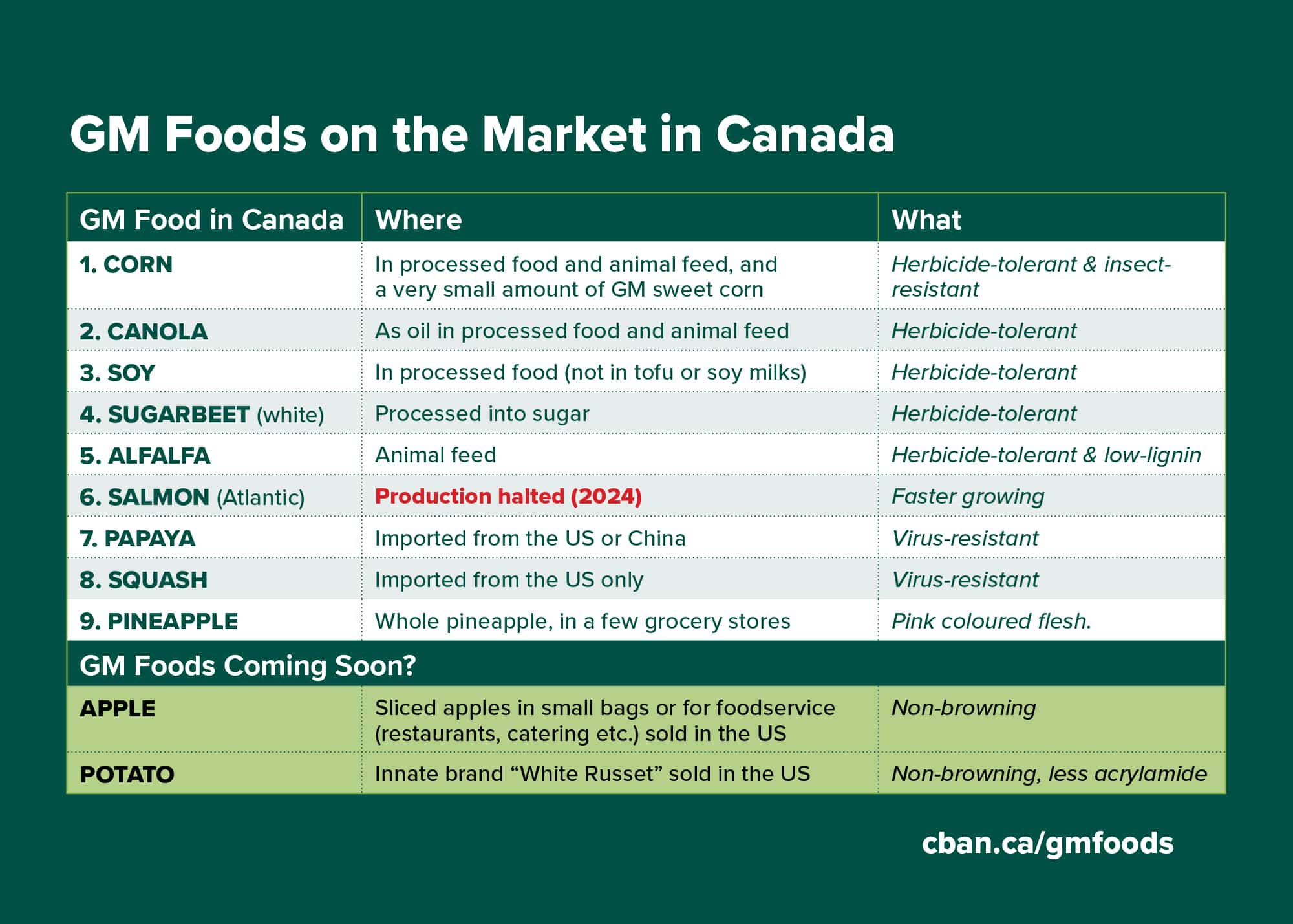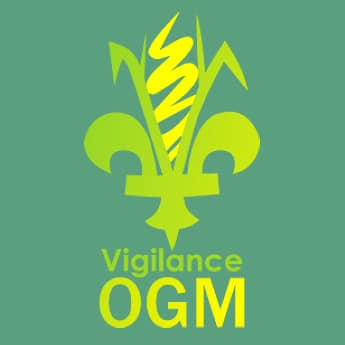GM crops and foods on the market in Canada
Grown in Canada
1. GM Corn
2. GM Canola
3. GM Soy
4. GM Sugar beet (white sugar beet for sugar processing only)
5. GM Alfalfa (for animal feed only)
Imported to Canada
7. GM Papaya (from Hawaii)
8. GM Squash (from the US)
9. GM Cotton (grown in the US, China, India)
10. GM Pineapple (grown in Costa Rica)
GM crops around the world
Most of the world’s GM crops are grown in just a few countries with highly industrialized, export-oriented agricultural sectors:
- GM corn, canola, soy and cotton account for 99% of the world’s GM crop acres.
- Five countries grown 91% of all the GM crops in the world (US, Brazil, Argentina, Canada, India).
- One country alone – the U.S. – plants 38% of the global GM crop area.
- 78% of the world’s GM crops are planted in the U.S.(38%), Brazil (28%) and Argentina (13%).
- India (GM cotton) and Canada (GM canola, corn, soy and sugar beet) each plant around 6% of the global acres of GM. (ISAAA 2020)
GM crops in Europe
The only genetically modified crop grown in the European Union (EU) is Monsanto’s insect resistant (Bt) corn MON810 and, since 2016, it is only grown in Spain and Portugal (111,883 hectares in 2019). (ISAAA, 2020) EU countries import approximately GM animal feed, mostly GM soy, from North and South America.






